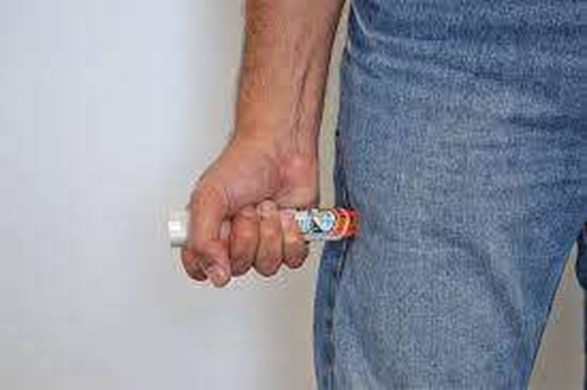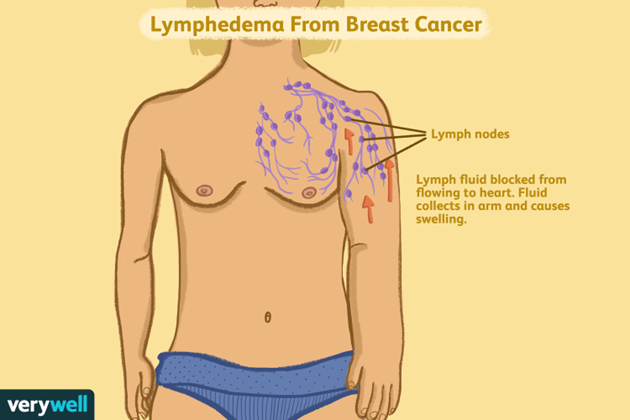A nurse is teaching a client who has multiple allergies about using an epinephrine auto-injector.
Which of the following instructions should the nurse include?
Avoid massaging the site after injection.
Inject the medication into the abdomen.
Administer the medication through clothing if necessary.
Aspirate prior to administration of the medication.
The Correct Answer is C
The nurse should instruct the client to administer the medication through clothing if necessary.

In an emergency, an epinephrine auto-injector can be given through clothing.
Choice A is wrong because massaging the site after injection is not mentioned as something to avoid in the instructions for using an epinephrine auto-injector.
Choice B is wrong because the medication should be injected into the outer thigh, not the abdomen.
Choice D is wrong because aspiration prior to administration of the medication is not mentioned as a necessary step in the instructions for using an epinephrine auto-injector.
Nursing Test Bank
Naxlex Comprehensive Predictor Exams
Related Questions
Correct Answer is B
Explanation
After a mastectomy, it is important to avoid placing a catheter in the arm on the same side as the surgery to prevent complications such as lymphedema.

Therefore, the nurse should place the catheter in the left arm.
Choice A is wrong because Most proximal site, is not the correct answer because it does not specify which arm to use and could result in placing the catheter on the same side as the mastectomy.
Choice C is wrong because Wrist, is not the correct answer because it does not specify which arm to use and could result in placing the catheter on the same side as the mastectomy.
Choice D is wrong because Cordlike vein, is not the correct answer because it does not specify which arm to use and could result in placing the catheter on the same side as the mastectomy.
Correct Answer is A
Explanation
The nurse should administer the medication over 2 hr because amphotericin B lipid complex should be infused slowly intravenously.
Choice B is wrong because priming the tubing with 0.9% sodium chloride is not mentioned as a necessary action when administering amphotericin B lipid complex via intermittent IV bolus.
Choice C is wrong because discarding the medication if it is yellow is not mentioned as a necessary action when administering amphotericin B lipid complex via intermittent IV bolus.
Choice D is wrong because a gravity flow set is not mentioned as a necessary action when administering amphotericin B lipid complex via intermittent IV bolus.
Whether you are a student looking to ace your exams or a practicing nurse seeking to enhance your expertise , our nursing education contents will empower you with the confidence and competence to make a difference in the lives of patients and become a respected leader in the healthcare field.
Visit Naxlex, invest in your future and unlock endless possibilities with our unparalleled nursing education contents today
Report Wrong Answer on the Current Question
Do you disagree with the answer? If yes, what is your expected answer? Explain.
Kindly be descriptive with the issue you are facing.
